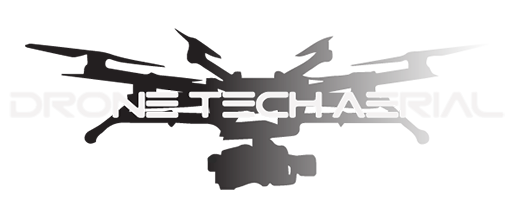Since our interest in drone technology began over 5 years ago we have always been on the lookout for other ways we could use drone technology to get interesting shots. When we saw the use of small drone camera cars we were instantly captivated by the interesting perspective they offered. We set out to see what was available currently on the market and found that models such as the Freefly Tero and CameTV Sailfish lacked 4 wheel drive making any sort of dirt venue with a respectable camera package inaccessible. Since Drone Tech Aerial supports a lot of sanctioned racing events such as the SCORE Baja 1000 Series and King of the Hammers, we knew that we could not compromise. So Randall and I put ideas to paper and over two weeks developed an uncompromising solution to the remote camera car drone.
The Problem
Our initial thoughts when attempting the drone camera car was “No problem, strap a camera and some wire isolators on and you are good to go”. That is what the competition has been doing. While initially this did work we found that it did not work well enough. We found that products we imitated such as the Freefly Terro and CameTV sailfish lacked a way to counteract the camera swaying. We had been spoiled from the smooth footage that our drones produced. However, flying in air and running on the ground present two very different challenges. The weight of the Freefly Movi brushless gimbal is concentrated and positioned above the car giving the camera payload substantial leverage on the isolation plate/ cheese plate. When the car hits a small bump in the road it causes the camera to sway back and forth which is distracting to the viewer.
We tested to see if stabilization programs could take it out in post and in fact we were able to. However, many times we are hired to capture footage and deliver. This drove us to mitigate these issues and create a platform that delivered footage that did not require post stabilization. Our design allowed for us to use our Freefly Movi products on a fluid dampened dual vibration isolation system that dampens out large hits and high frequency vibrations.
Further Modifications, No Post Stabilization Required
After solving the issues of swaying and vibration of the camera and gimbal it still did not meet our level of scrutiny. Additional modifications to the chassis were implemented to make the suspension on the drone car more active and compliant. After tuning the suspension we looked to the other part of the suspension that is usually overlooked, the tires. We created custom tire inserts that had better compliance for absorbing rocks and gravel. We now have multiple sets of tires for differing terrain. Completing these final design tweaks drastically refined camera stability.
Applications
- Music Videos
- Car Commercials
- Architecture
Technical Specs
- 5lbs of Camera Payload
- 40 Miles Per Hour Top Speed
- HD downlink
- Gearing, tires and suspension to tackle most terrains.
Problem Solved
When we set out to tackle this project it seemed that it would be straight forward. If we were willing to settle for mediocre footage than we would have stopped right there. Knowing that decent footage would never suffice, we took a look at every aspect of the drone car platform. We tinkered and tuned until we arrived a solution that does not compromise.
The drone camera car we developed works great with cameras up to 5Lbs utilizing the Freefly Movi M5. Take a look at some of the creative shots that we were able to create using this new drone technology.

